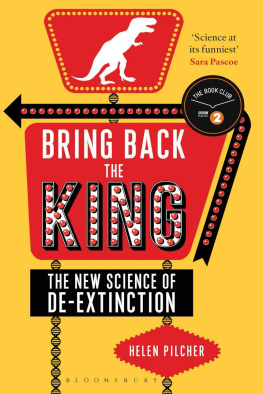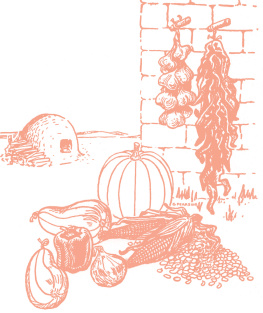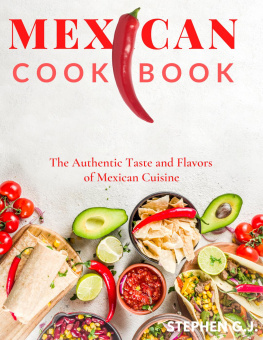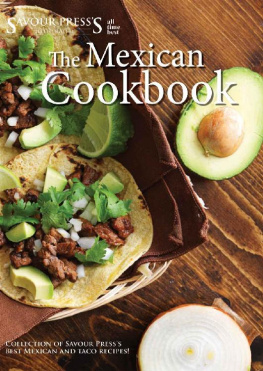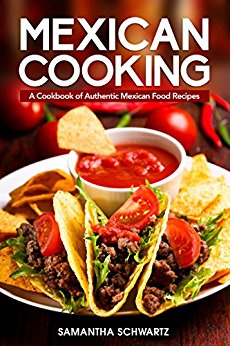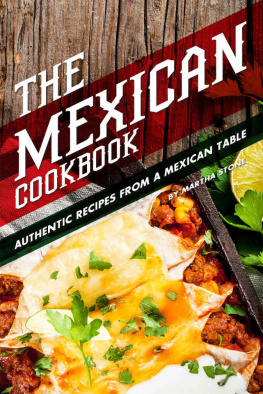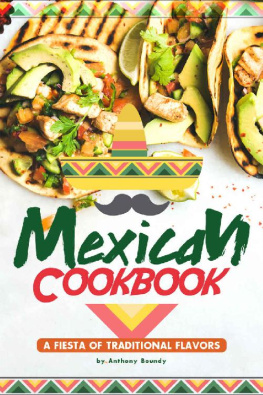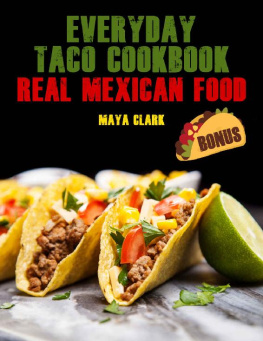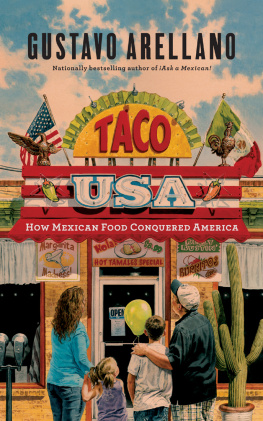PLANET TACO
Planet Taco
A GLOBAL HISTORY OF MEXICAN FOOD
Jeffrey M. Pilcher





Oxford University Press is a department of the University of Oxford. It furthers the Universitys objective of excellence in research, scholarship, and education by publishing worldwide.
Oxford New York
Auckland Cape Town Dar es Salaam Hong Kong Karachi Kuala Lumpur Madrid Melbourne Mexico City Nairobi New Delhi Shanghai Taipei Toronto
With offices in
Argentina Austria Brazil Chile Czech Republic France Greece Guatemala Hungary Italy Japan Poland Portugal Singapore South Korea Switzerland Thailand Turkey Ukraine Vietnam
Oxford is a registered trade mark of Oxford University Press in the UK and certain other countries.
Published in the United States of America by
Oxford University Press
198 Madison Avenue, New York, NY 10016
Oxford University Press 2012
All rights reserved. No part of this publication may be reproduced, stored in a retrieval system, or transmitted, in any form or by any means, without the prior permission in writing of Oxford University Press, or as expressly permitted by law, by license, or under terms agreed with the appropriate reproduction rights organization. Inquiries concerning reproduction outside the scope of the above should be sent to the Rights Department, Oxford University Press, at the address above.
You must not circulate this work in any other form
and you must impose this same condition on any acquirer.
Pilcher, Jeffrey M., 1965
Planet taco: a global history of Mexican food / Jeffrey M. Pilcher.
p. cm.
Includes bibliographical references and index.
ISBN 978-0-19-974006-2 (hardcover : alk. paper) 1. Cooking, MexicanHistory.
2. Cooking, MexicanSocial aspectsHistory. 3. Food habitsMexicoHistory.
4. EthnicityMexico. 5. TacosHistory. 6. Mexican AmericansFoodHistory.
7. SovereigntySocial aspectsMexicoHistory. 8. GlobalizationSocial aspectsHistory.
I. Title.
TX716.M4P543 2012
641.5972dc23
1 3 5 7 9 8 6 4 2
Printed in the United States of America
on acid-free paper
To Donna
CONTENTS
ACKNOWLEDGMENTS
During a decade of traveling the world eating tacos, I met countless home cooks, professional chefs, restaurant owners, waitstaff, and fellow diners. Their stories have animated this book, and I am sorry there are not enough pages to include all of them here or even to acknowledge the storytellers by name. To everyone who has shared their tales and tacos, I offer a heartfelt thank you.
In addition to oral histories and ethnography, this book is based on research in libraries and archives. I appreciate the helpful assistance I received at the institutions listed in the bibliography, as well as a few that do not appear there: the Immigration History Research Center; the Lilly Library at Indiana University; the New York Public Library; the Schlesinger Library at Harvard University; and the Special Collections and Chicano Studies Library at UCLA. As always, I am grateful to interlibrary loan librarians everywhere. For permission to reproduce illustrations, I thank El Museo de Amrica, Madrid; Elsevier; the Fototeca of the Instituto Nacional de Antropologa e Historia; the Library of Congress; the Los Angeles Public Library; the New York Public Library; the Palace of the Governors Photo Archives; the New Mexico History Museum, Santa Fe; the United States Patent and Trademark Office; the University of Santa Clara; and the University of Texas at San Antonio Institute of Texas Cultures. Daniel Arreola, a pioneer in the study of Mexican food, was particularly generous in sharing and discussing materials from his border postcard collection. Thanks also to Dan Strehl, another early scholar of Mexican food, formerly of the Los Angeles Public Library, for allowing me access to important materials.
It may sound a bit questionable using as evidence newspaper stories to which I have contributed as a source. Nevertheless, I have always learned as much in my conversations with journalists as they have from me, and I have done my best to keep the sources of information distinct. I would particularly like to thank Dave Roos, who asked me a telling question at an early stage in this project. I am also grateful to Eric Asimov, Glenn Collins, yvend Holen, Matthew Huisman, David McLemore, Davia Nelson, David Olson, Patricia Sharpe, Nikki Silva, Jennifer Steinhauer, and Robb Walsh.
Those who oppose support for research in the humanities and social sciences, considering it a frivolous waste of taxpayer dollars, will be relieved to learn that I used no federal funds in order to buy tacos in exotic places. I did receive assistance from the Citadel Development Foundation and from the University of Minnesota, for which I am deeply grateful.
In writing this book, I have found that public lectures and undergraduate classrooms are ideal places to practice the art of combining critical history with good storytelling. For their help in working through these stories and for suggesting many new ones, I thank the students of History 3417 and 3418 as well as the people who attended talks at Adelaide University; Allegheny College; Arizona State University; Bowling Green State University; the British Museum; the College of William and Mary; Columbia University; the Culinary Institute of America (Greystone and San Antonio campuses); DePauw University; Gettysburg College; the Haffenreffer Museum at Brown University; the Hagley Museum and Library; the IACP conferences at Williams College and the University of the Pacific; Indiana University; Lehigh University; Ohio Wesleyan University; Oregon State University; the University of Arizona; the University of California at Irvine; the University of Iowa; the University of Minnesota Bell Museum, IHRC, and LACIS; the University of Nevada at Reno; the University of Puget Sound; the University of Texas at Austin Institute of Latin American Studies; the University of Toronto Monck Center; the University of Warwick; the Walters Art Museum, and Yale University. I am particularly grateful to the colleagues and friends who made those events possible.
Parts of this book have appeared previously and I appreciate the permission to reprint material from the following works: Chili Queens and Checkered Tablecloths: Public Dining Cultures of Italians in New York City and Mexicans in San Antonio, Texas, 1870s1940s, Donna R. Gabaccia, co-author, RadicalHistory Review 110 (Spring 2011): 10926; Eating Mexican in a Global Age: The Politics and Production of Ethnic Food, in Food Chains: From Farmyard to Shopping Cart, ed. Warren Belasco and Roger Horowitz (Philadelphia: University of Pennsylvania Press, 2009), 15876; From Montezumas Revenge to Mexican Truffles: Culinary Tourism across the Rio Grande, in Culinary Tourism, ed. Lucy M. Long (Lexington: The University Press of Kentucky, 2004), 7696; The Globalization of Mexican Cuisine, History Compass 6, no. 2 (March 2008): 52951 (available online at: http://www.blackwell-synergy.com/doi/abs/10.1111/j.14780542.2007.00509.x?journalCode=hico ); Taco Bell, Maseca, and Slow Food: A Postmodern Apocalypse for Mexicos Peasant Cuisine? in


